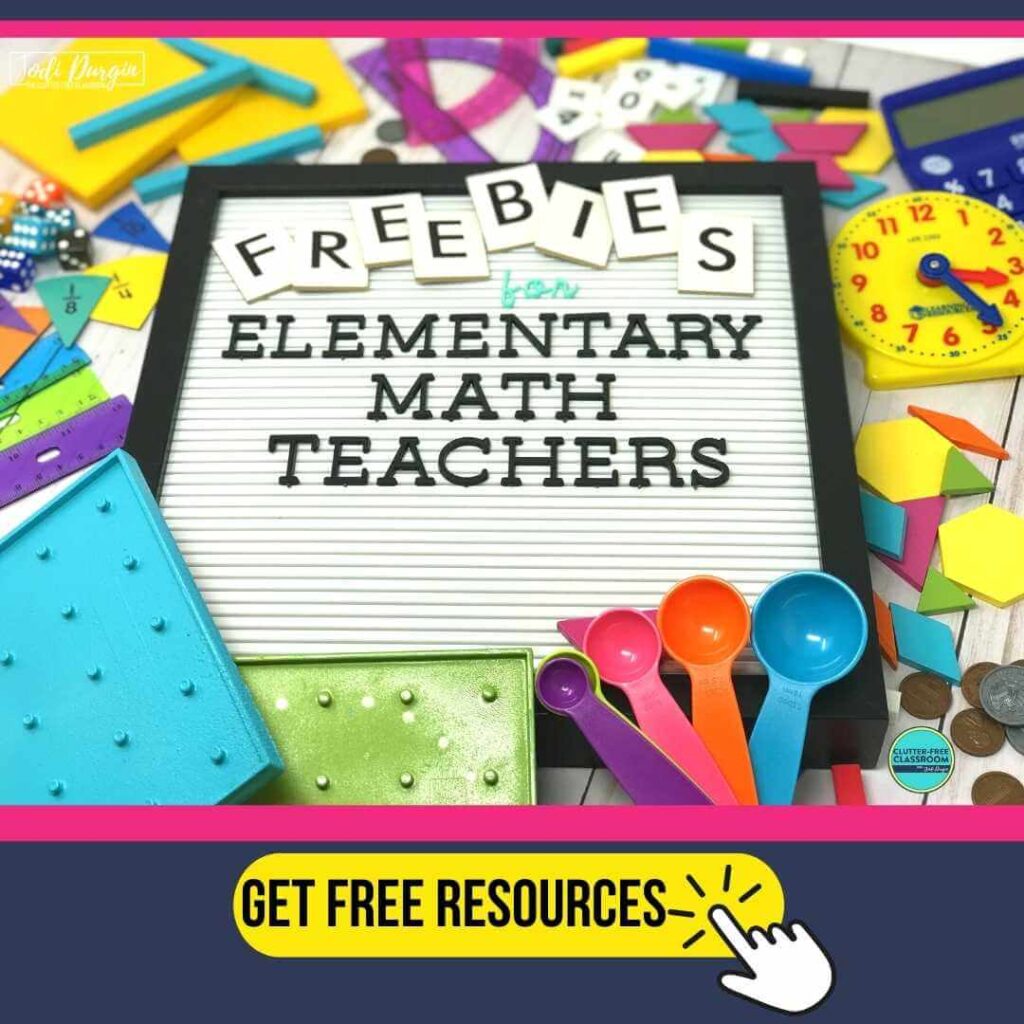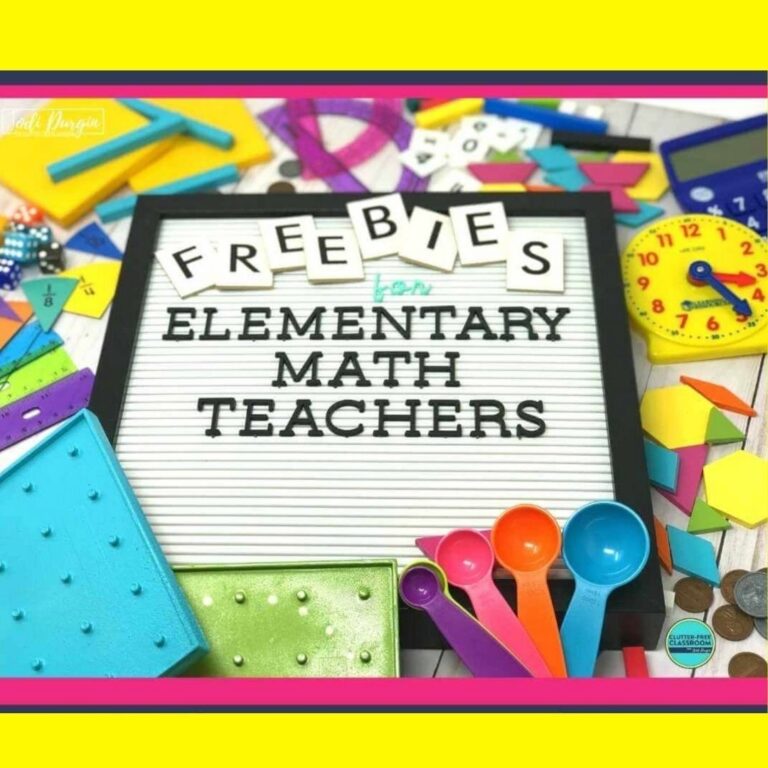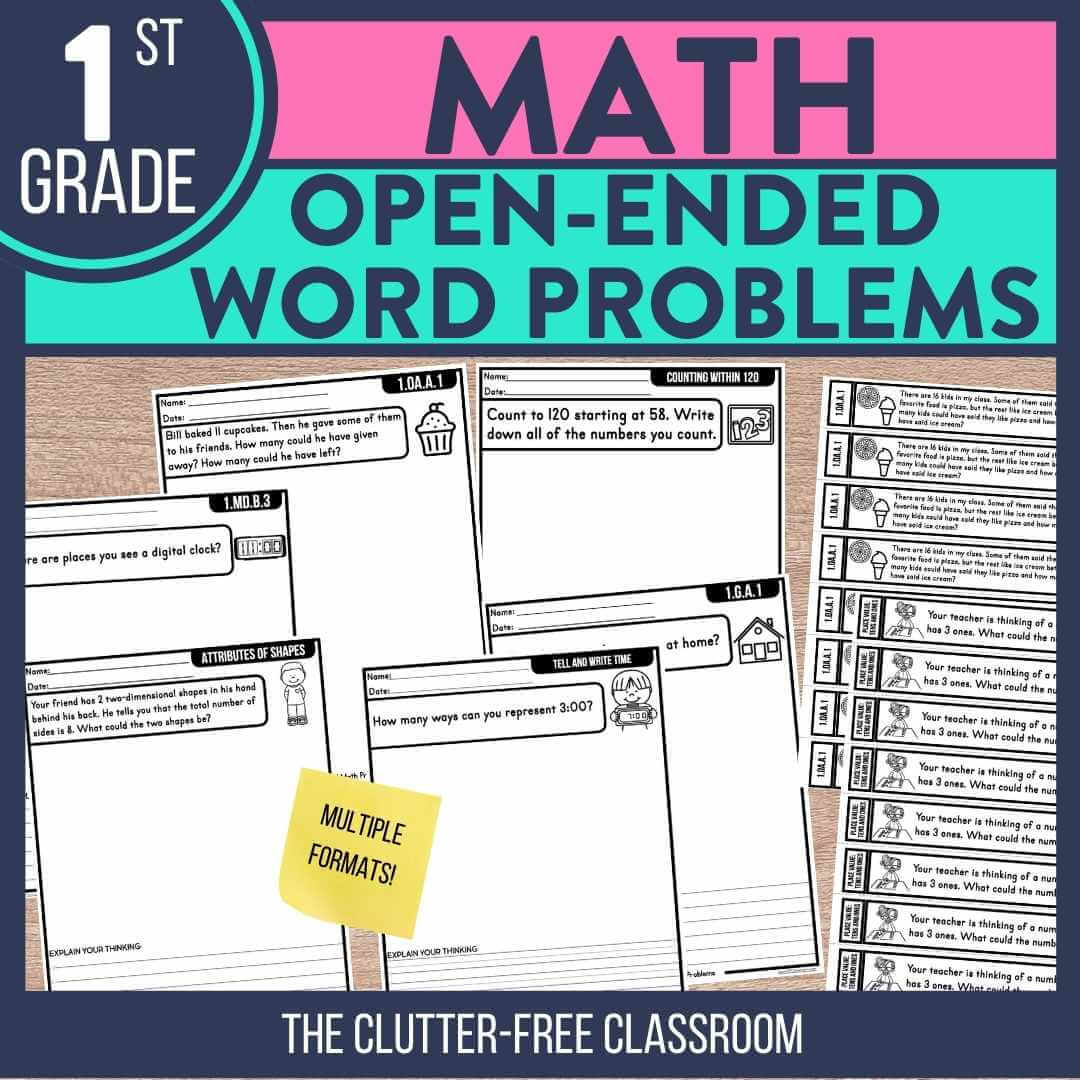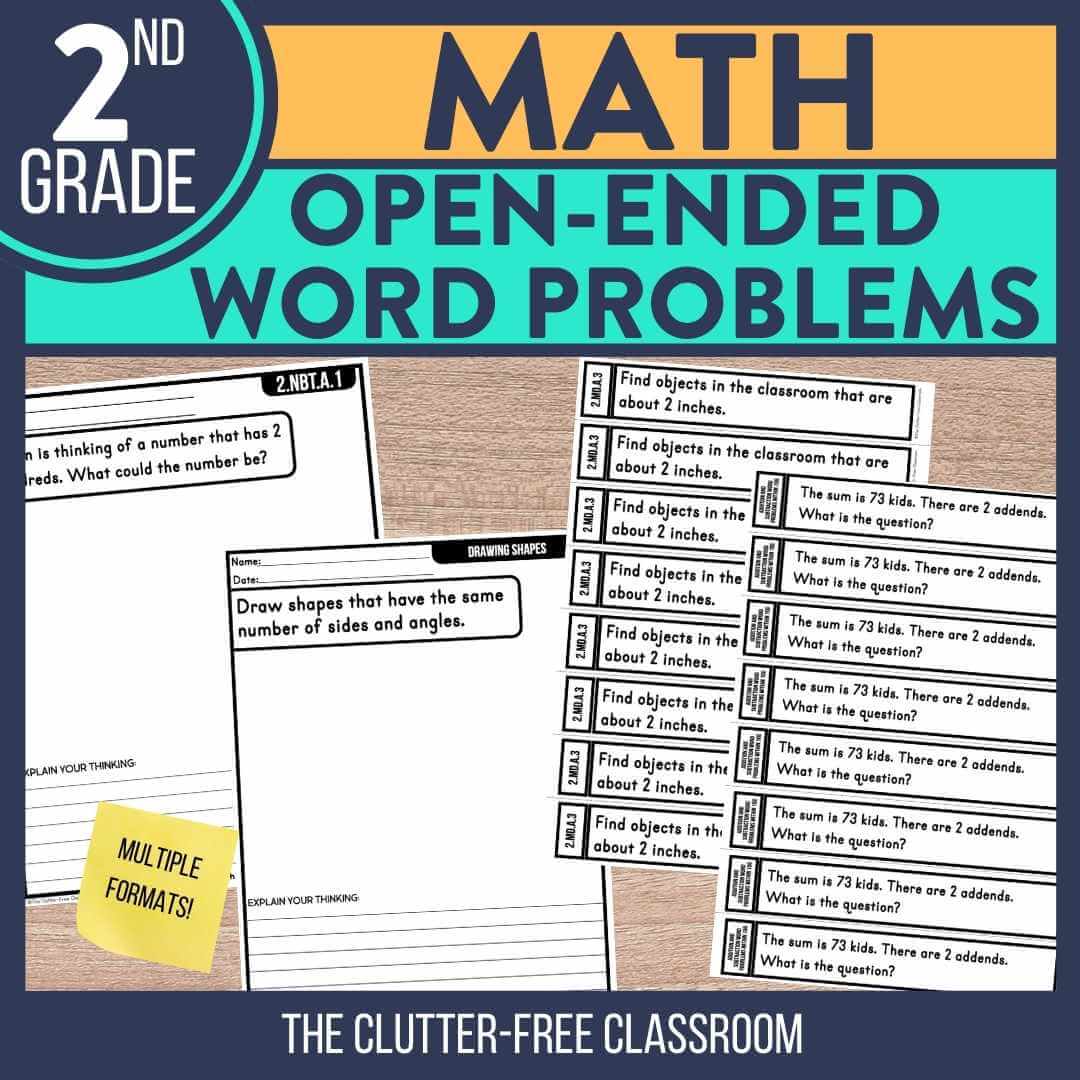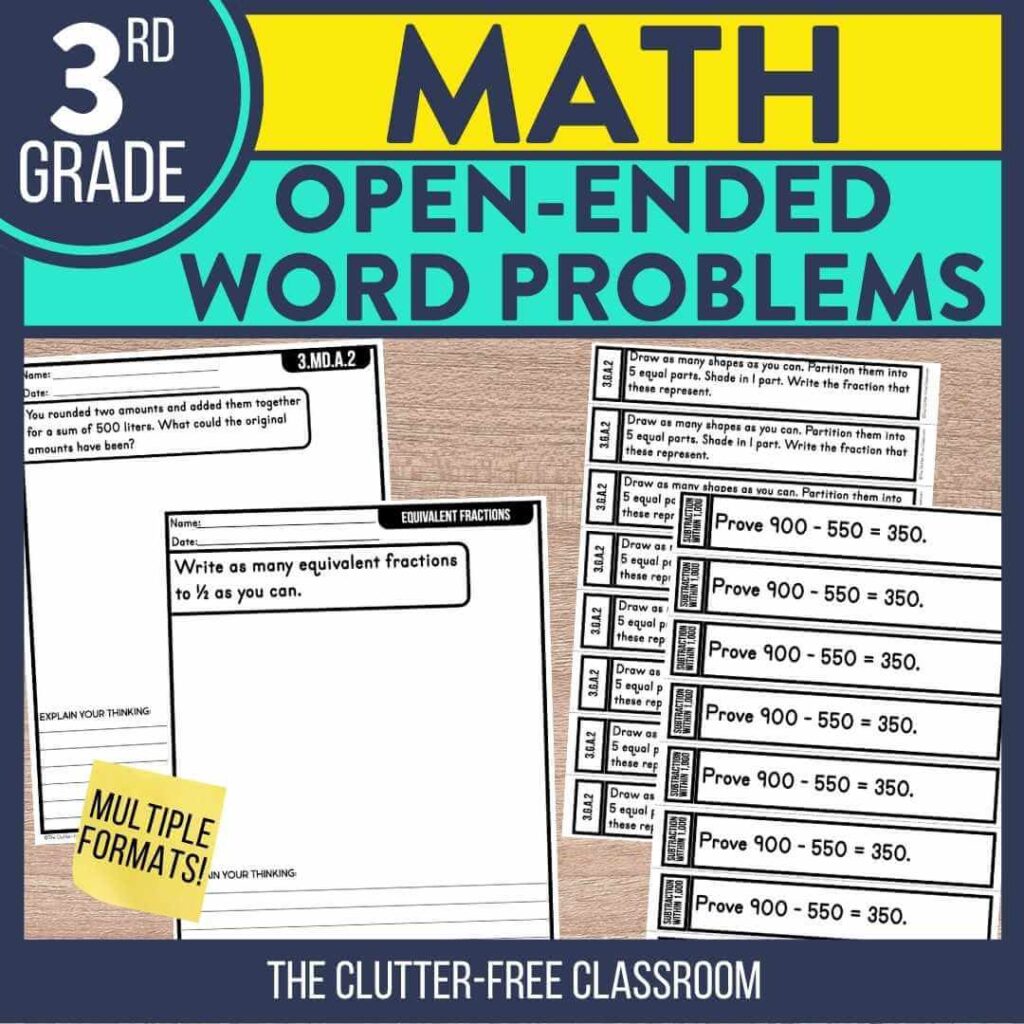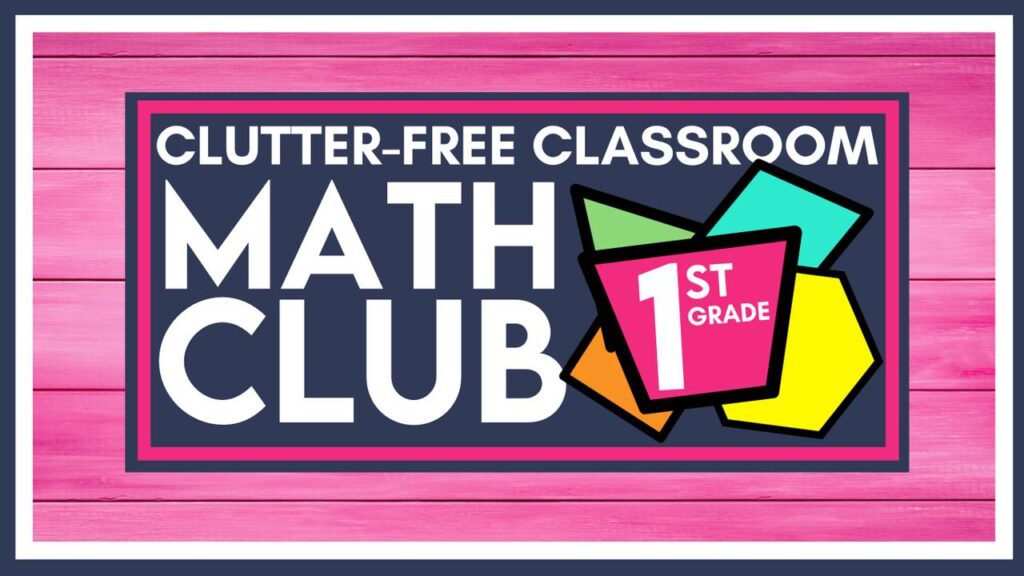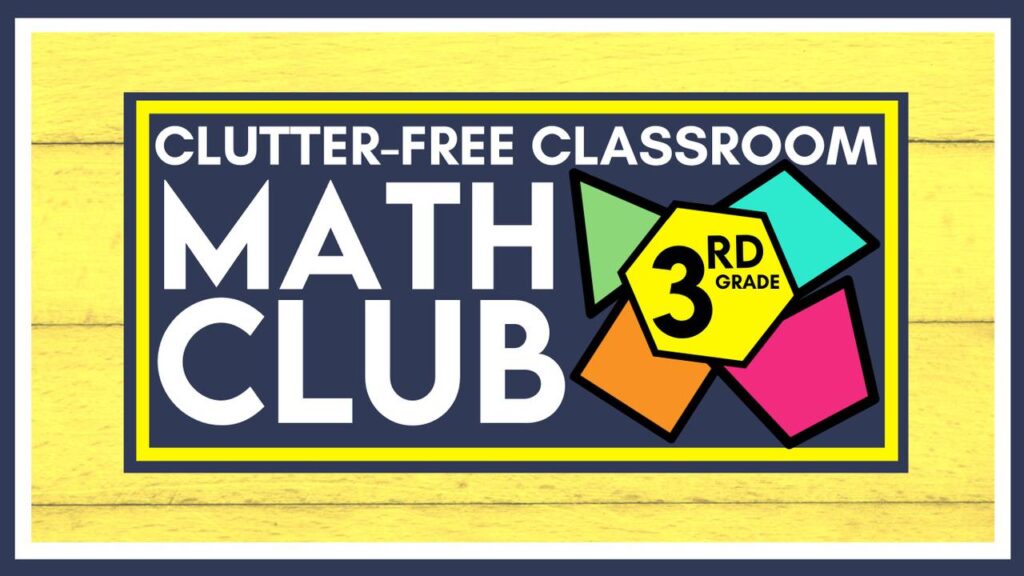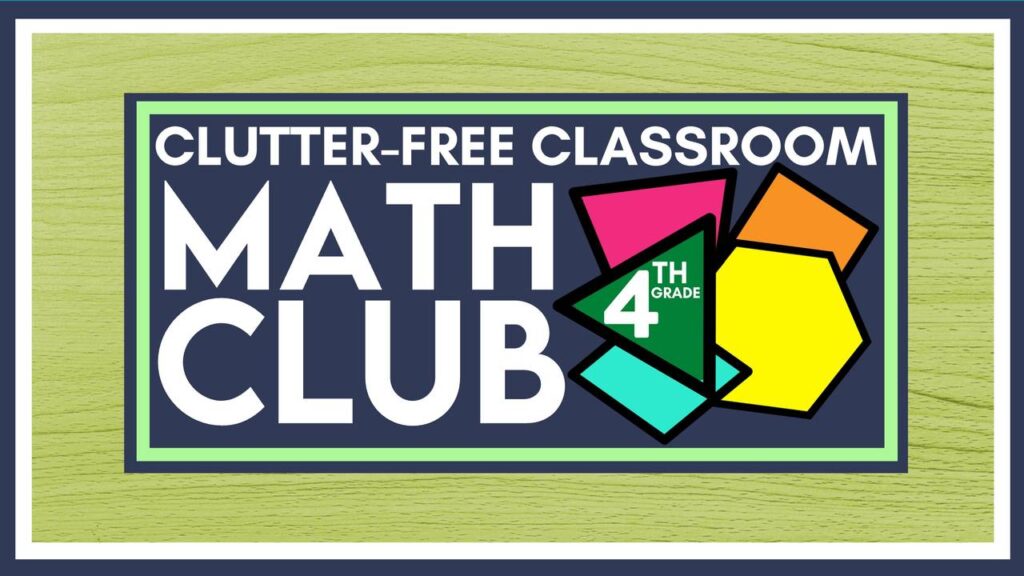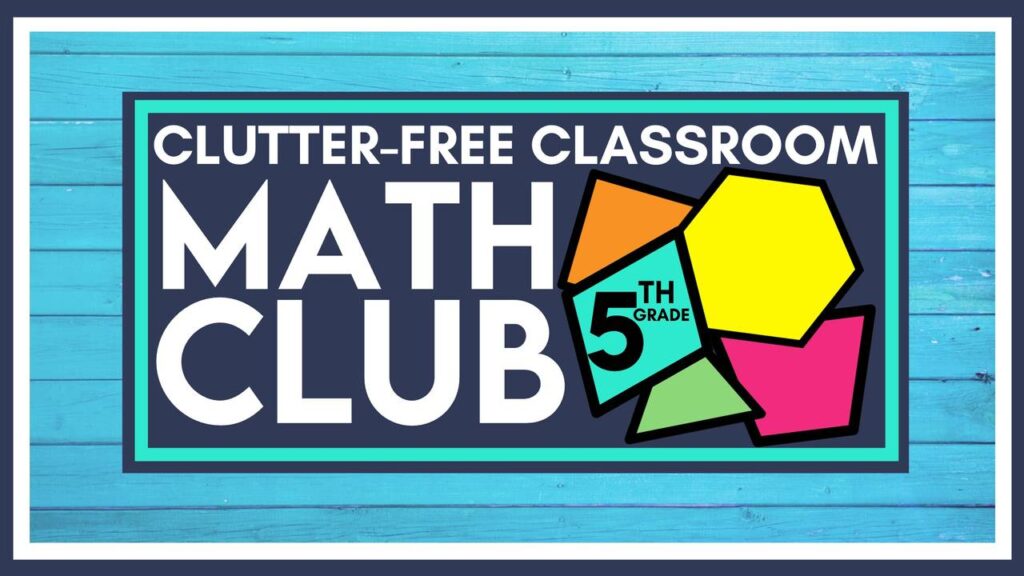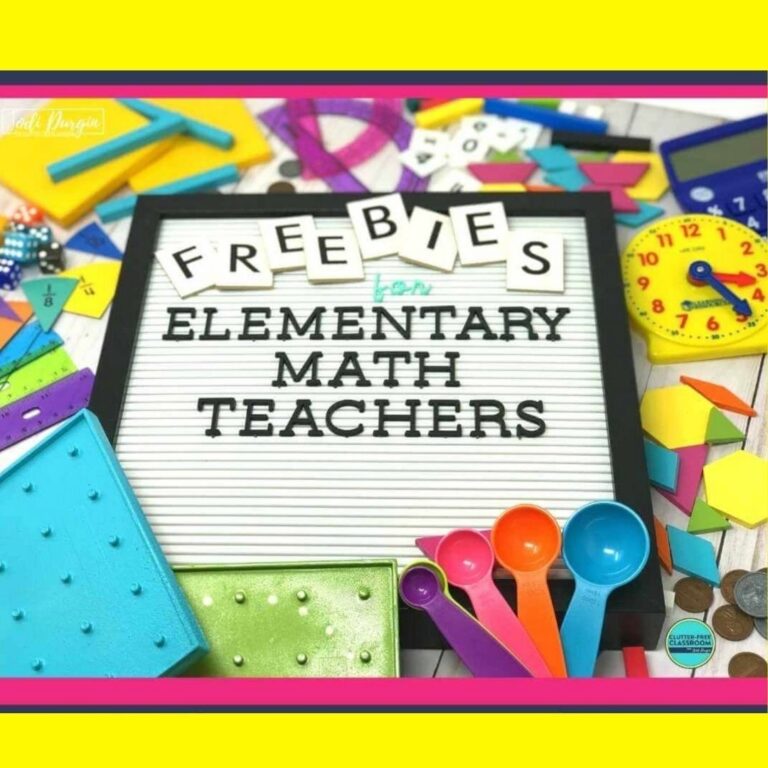Does your current math instruction involve only situations where there is one answer? Are students expected to solve problems following rigid procedures that do not require critical or creative thinking? These components are important; however, it’s time to take your math instruction to the next level! The answer: open ended math questions!
Open ended math questions, also known as open ended math problems, help learners grow into true mathematicians who use diverse problem solving strategies to explore mathematical situations where there isn’t necessarily one “right” answer. It equips them with the critical thinking skills they need to solve real world problems in the twenty-first century.
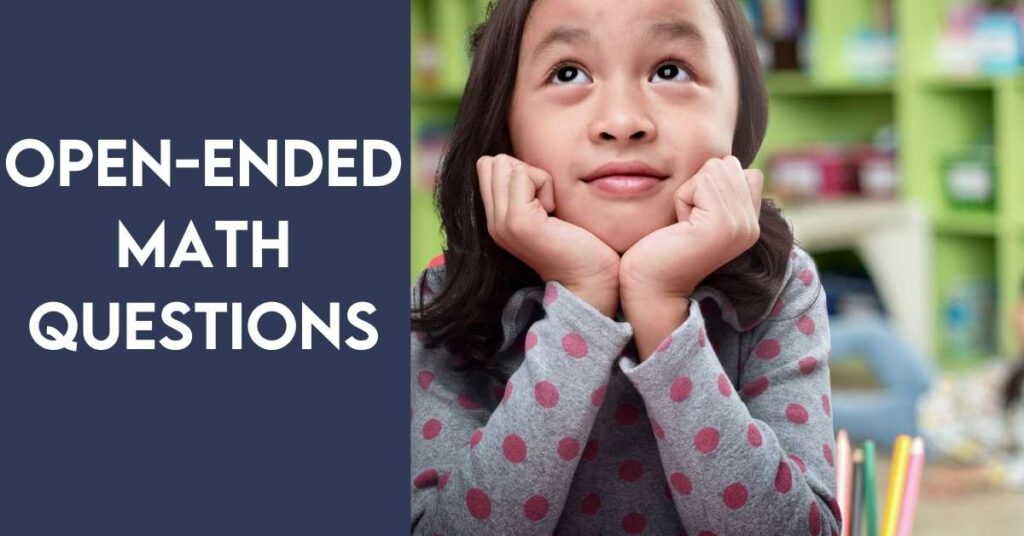
This blog post will answer the following questions:
- What is an open ended math question?
- What are the differences between open-ended and closed-ended problems in math?
- Why should I implement open ended questions in my classroom?
- What are the disadvantages of using open-ended math problems?
- How do I implement open ended math questions in my classroom?
- How do I create open ended math questions?
- What are some examples of open ended math problems?
- How do I grade open ended math tasks?
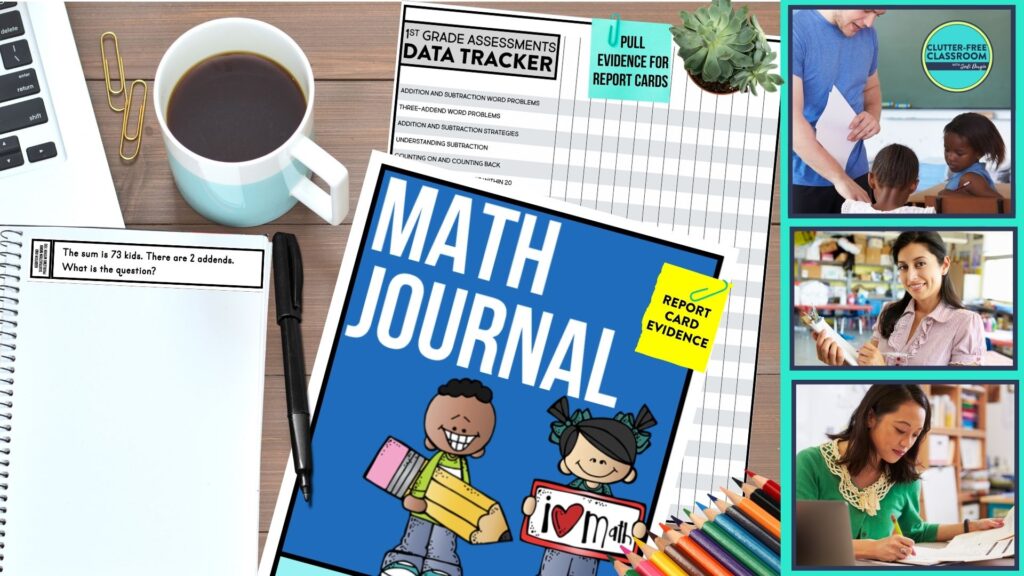
What is an Open Ended Math Question?
An open ended math question (which is known as an open ended math problem or open ended math task) is a real world math situation presented to students in a word problem format where there is more than one solution, approach, and representation. This instructional strategy is more than reciting a fact or repeating a procedure. It requires students to apply what they have learned while using their problem solving, reasoning, critical thinking, and communication skills to solve a given problem.
This strategy naturally allows for differentiation because of its open-ended nature. In addition, it is a valuable formative assessment tool that allows teachers to assess accuracy in computation and abilities to think of and flexibly apply more than one strategy. In addition to the teacher being able to learn about their students from this tool, the students can thoughtfully extend their learning and reflect on their own thinking through whole group discussions or partner talks.
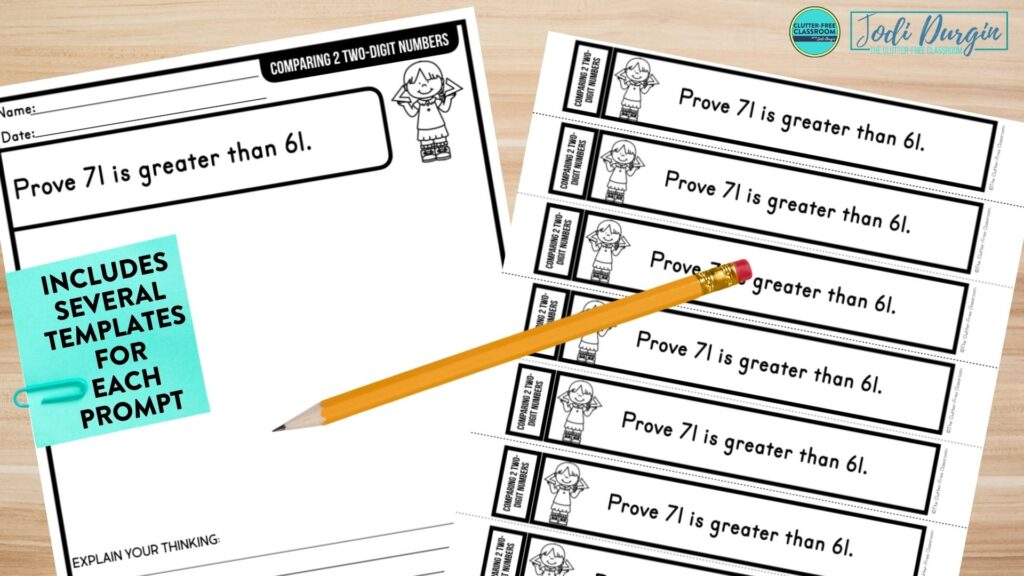
What are the Differences Between Open-Ended and Closed-Ended Problems in Math?
The major difference between open-ended math problems and closed-ended math problems is that close-ended ones have one answer and open-ended ones have more than one answer. This simple difference creates a very different learning experience for elementary students when they work on solving the problem.

What are the Advantages and Disadvantages of Open Ended Math Problems?
Advantages of Open Ended Math Problems
There are many benefits to using open ended math questions in your classroom. This list of advantages of open ended questions will help you understand their ability to transform your math block! Here are 8 advantages to using open ended math tasks:
- Provides valuable and specific information to the teacher about student understanding and application of learning
- Allows the teacher to assess accuracy in computation and abilities to think of and flexibly apply more than one strategy
- Permits the teacher to see flexibility in student thinking
- Gives students the opportunity to practice and fine tune their problems solving, reasoning, critical thinking, and communication skills
- Creates opportunities for real-world application of math
- Empowers students to extend their learning and reflect on their thinking
- Fosters creativity, collaboration, and engagement in students
- Facilitates a differentiated learning experience where all students can access the task

Disadvantages of Open Ended Math Problems
Although there are tons of benefits to using open ended math problems in your classroom, it is important to note that there are some disadvantages. Here are 3 disadvantages using open ended math tasks:
- Increases time in collecting data
- Provides a higher complexity of data
- Requires the implementation and practice of routines
3 Ways to Implement Open Ended Problems During Your Math Block
Here are 3 ways you can implement open ended problems in your elementary classroom:
- Start a lesson with an open-ended math problems for students to solve independently. Invite them to share their work and reasoning with a partner. Ask a few students to share their ideas with the whole class.
- Use the open-ended math problems for fast finishers. If a student or a group of students tend to finish independent work before the rest of the class, invite them to work on an open-ended math problem.
- Utilize open-ended math problems as a center during math workshop. You will not have to worry about students finishing that math center before it is time to switch to the next center.

3 Ways to Write Open Ended Math Questions with Examples
Here are 3 ways to create open ended math questions accompanied with easy-to-understand open ended math problems examples:
- Start with a Closed-Ended Question. For example, a closed-ended question could be: What is the sum of 10 plus 10? The related open-ended question would be: The sum is 20. What could the addends be? There are an infinite number of responses because students could use negative numbers.
- Ask Students to Explain, Prove, or Justify their Thinking. An example of this is, “Prove 5 + 6 = 11.” One possible student response could be that they know the sum is 11 because of the doubles + 1 rule. Another student may take out counters, while another draws a picture.
- Invite Students to Compare 2 Concepts. For example, ask students to identify the similarities and differences between 2D and 3D shapes. Some possible responses for similarities are that they are both geometry concepts and classifications of shapes. A difference they could say is that 2D shapes are flat, while a 3D shape is solid.
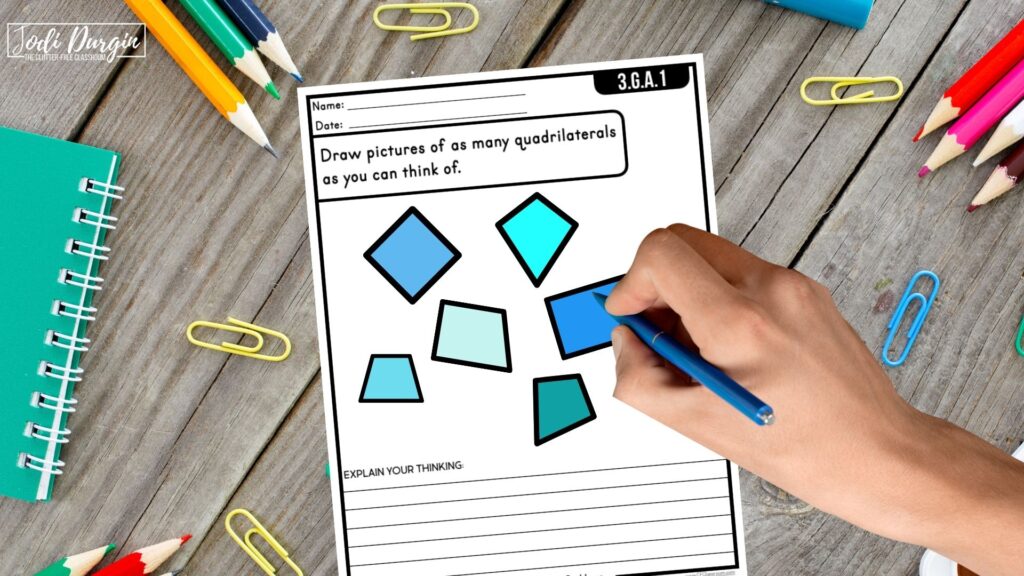
How do you Grade Open-Ended Math Questions?
Grading open-ended math tasks is not as clear cut as closed-ended questions. If you are using the task as a formative assessment for your own planning purposes, then you have flexibility on how you choose to evaluate students’ work. However, I recommend you use a rubric if you plan to use it as a summative assessment. Remember to share the rubric with students so that the expectations are clear.
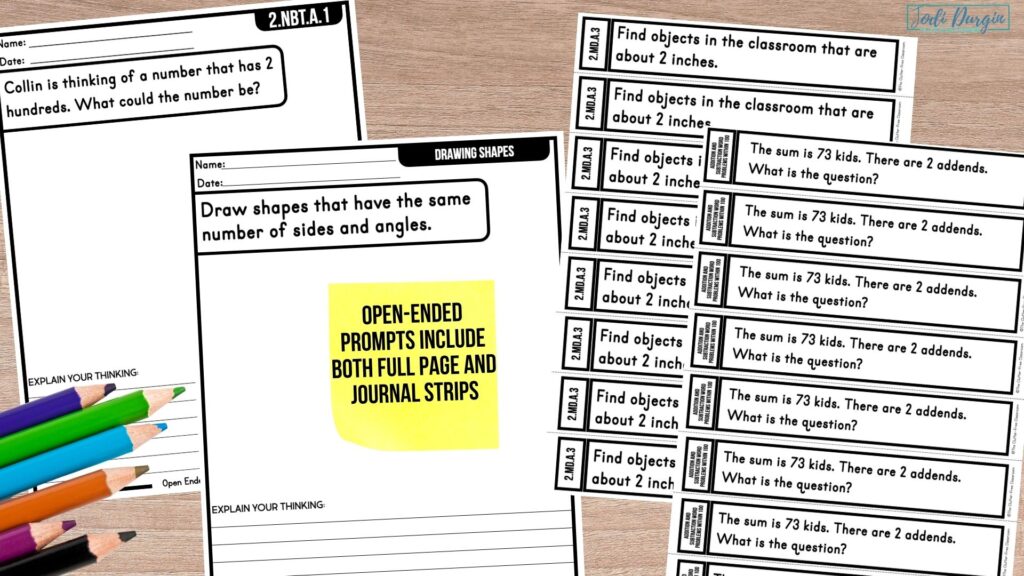
Get Our Open-Ended Math Prompts
Math Resources for 1st-5th Grade Teachers
If you need printable and digital math resources for your classroom, then check out my time and money-saving math collections below!
Try a Collection of our Math Resources for Free!
We would love for you to try these open ended question resources with your students. They offer students daily opportunities to practice solving open ended problems. You can download worksheets specific to your grade level (along with lots of other math freebies) in our free printable math resources bundle using this link: free printable math worksheets for elementary teachers.
Check out my daily open ended problem resources!
- 1st Grade Open Ended Math Question Problems
- 2nd Grade Open Ended Math Question Problems
- 3rd Grade Open Ended Math Question Problems
